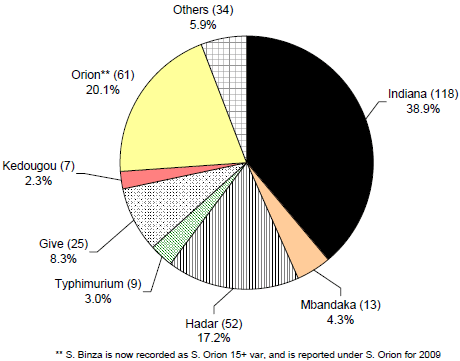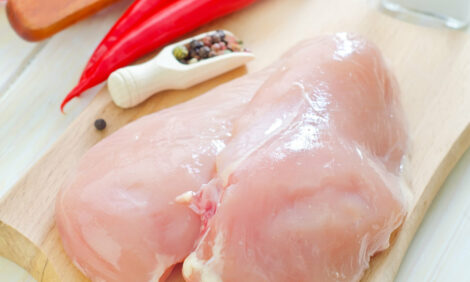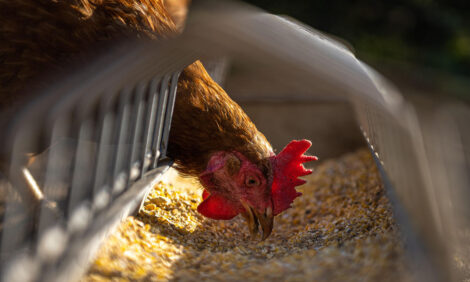



Salmonella in Livestock Production in GB - 2009 - Ducks and Geese
This annual publication from the Veterinary Laboratories Agency provides data on Salmonella reports from livestock species in Great Britain (England, Wales and Scotland). This article covers the chapter entitled 'Reports of Salmonella in Ducks and Geese'.
There is no statutory monitoring of ducks or geese for Salmonella.
There were two reports of Salmonella from geese in 2009; one more than in 2008. These were one report of S. Bovismorbificans in 2009, which has never been reported before in ducks or geese, and one report of S. Typhimurium DT193.
There was an 8.7 per cent increase in incidents of Salmonella in ducks, and reports from ducks represented 16.9 per cent of all Salmonella reports in 2009. Most of these reports occurred as a result of surveillance activity with just 1.9 per cent arising due to investigation of clinical disease. All incidents in ducks and geese originated from samples taken from farms.
The serovar previously called S. Binza by VLA is now recorded under the Kaufman-White nomenclature of S. Orion 15+ var and is reported in the tables of this publication as S. Orion (together with S. Thomasville which is now called S. Orion 15+ and 34+ var). It is for this reason that the tables show no reports of S. Binza in 2009.
The most common serovars reported in ducks and geese were S. Indiana (38.9 per cent), S. Orion (20.1 per cent), S. Hadar (17.2 per cent), S. Give (8.3 per cent) and S. Mbandaka (4.3 per cent). The relative proportion of S. Indiana, S. Orion, S. Hadar and S. Give all increased compared to 2008, when they were 34.2 per cent, 18.0 per cent, 12.6 per cent and 3.6 per cent respectively. The most common phage type for S. Hadar was PT11, as in 2008, although the proportion increased, with PT11 accounting for 73.1 per cent of S. Hadar incidents, compared to 45.7 per cent in 2008. Other commonly reported phage types were PT2 and PT10, as was the case in 2008.
S. Anatum, S. Ohio and S. Senftenberg were not reported in 2009, having all been reported in 2008. S. Kedougou accounted for 2.3 per cent of incidents; a reduction from 8.6 per cent in 2008.
There were nine incidents of S. Typhimurium in 2009 (3.0 per cent of the total); an increase of four incidents from 2008, when S. Typhimurium accounted for five incidents (1.8 per cent). However, this still represents a marked decrease since 2006, when there were 34 incidents. Reported phage types were DT1, DT8, DT30 and DT193. Both DT8 and DT30 were reported in 2008; however, DT193 had not been reported since 2006, and DT1, which was reported in ducks, has not been reported since 1998.
In 2009, there was one incident report of S. Enteritidis, as there was in 2008. As in 2008, the phage type reported was PT9b, which is often associated with ducks.
Further Reading
| - | You can view the full chapter Reports of Salmonella in Ducks and Geese (including detailed tables) by clicking here. |
Further Reading
| - | You can view the full report Salmonella in Livestock Production in GB 2009 by clicking here. |
January 2011








